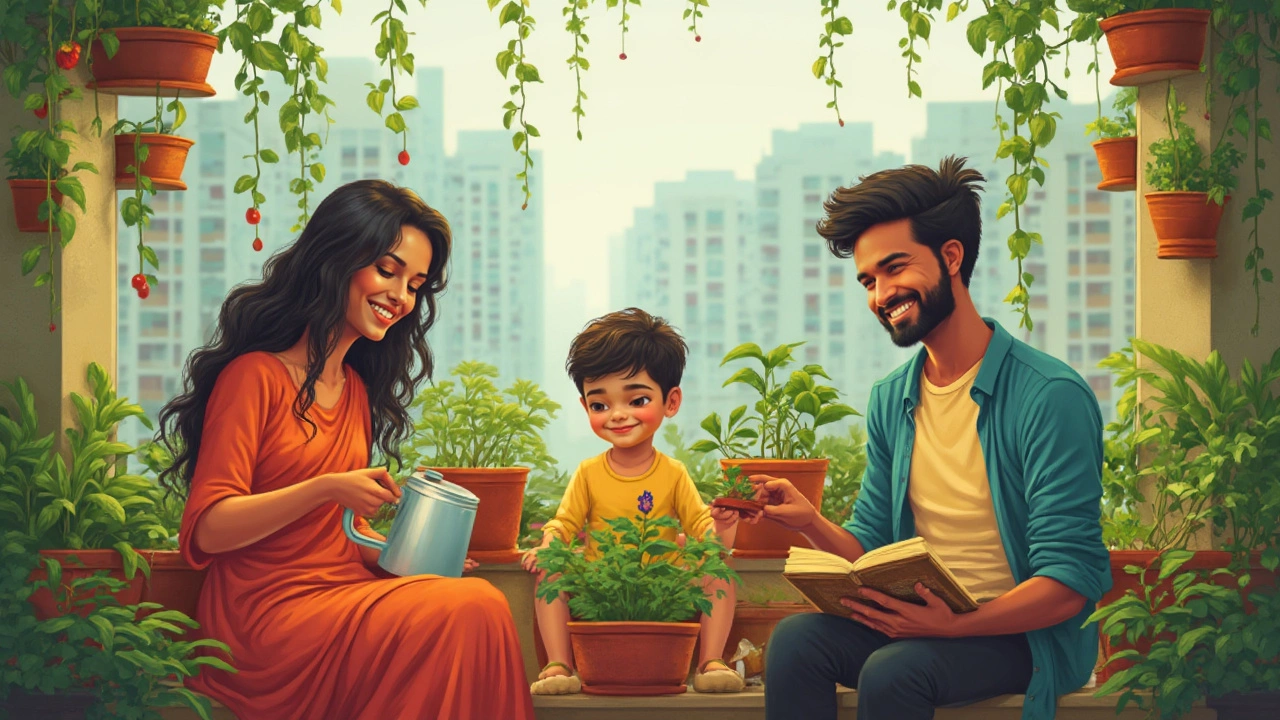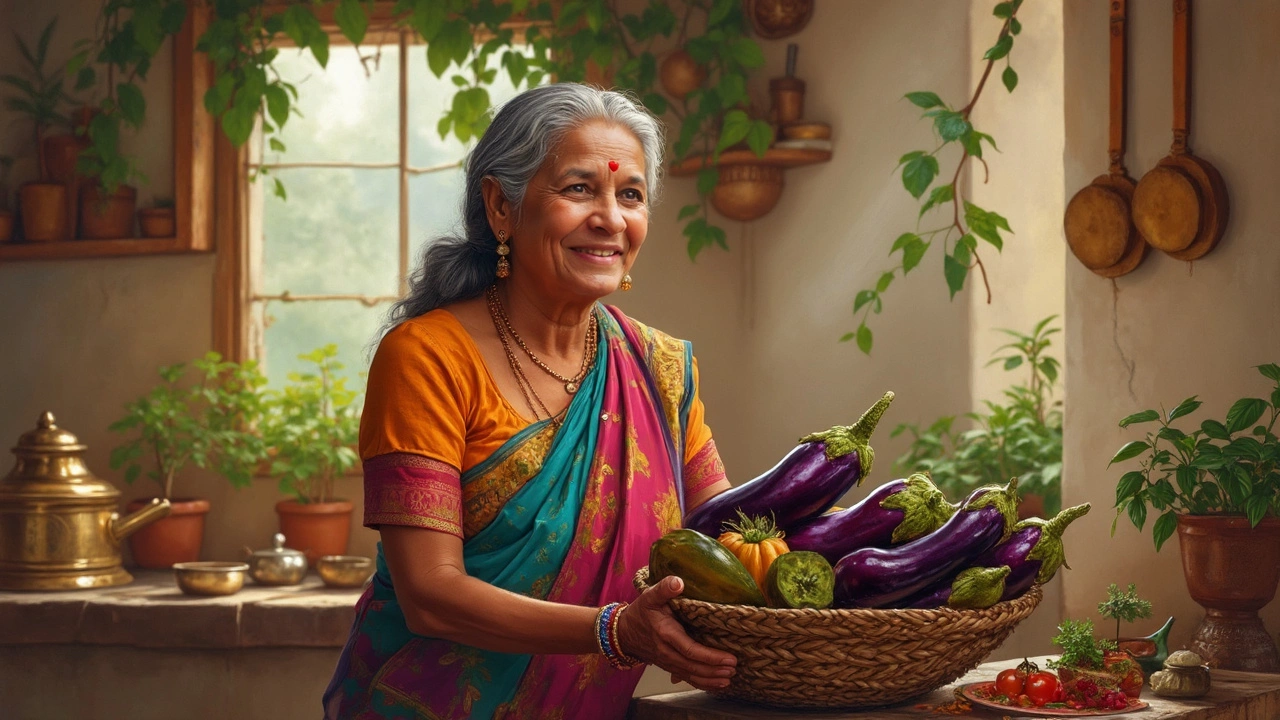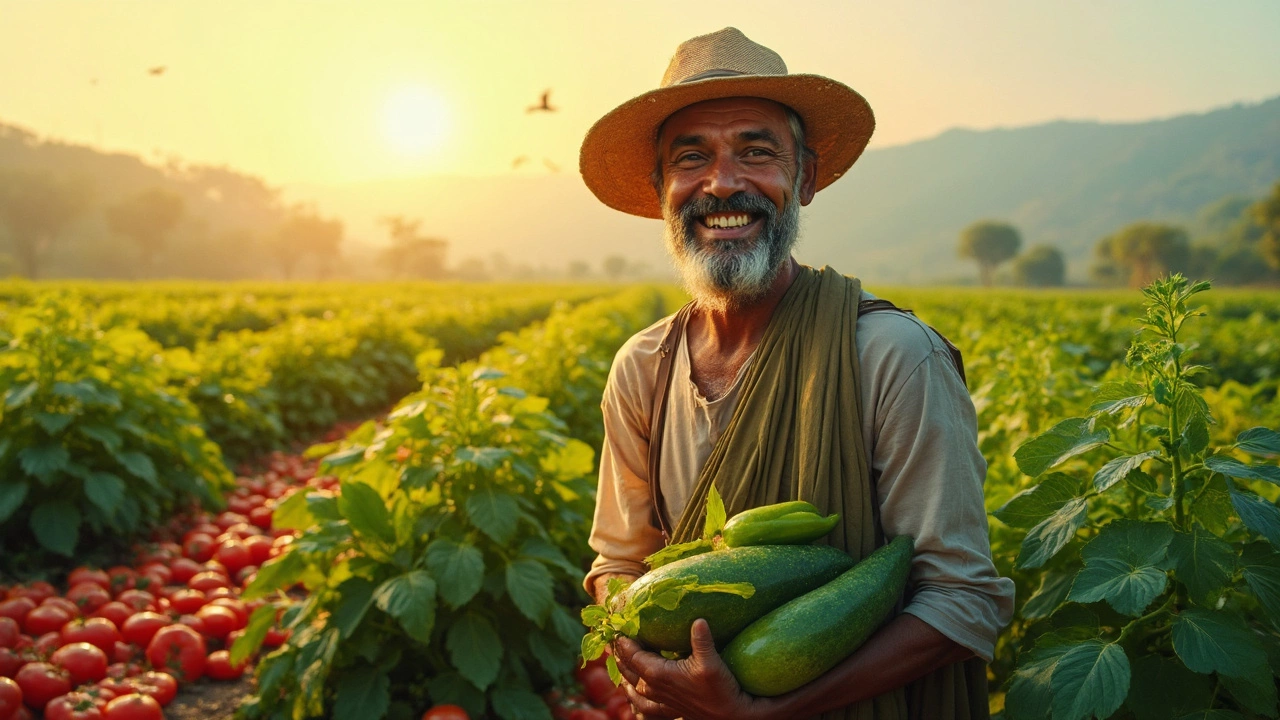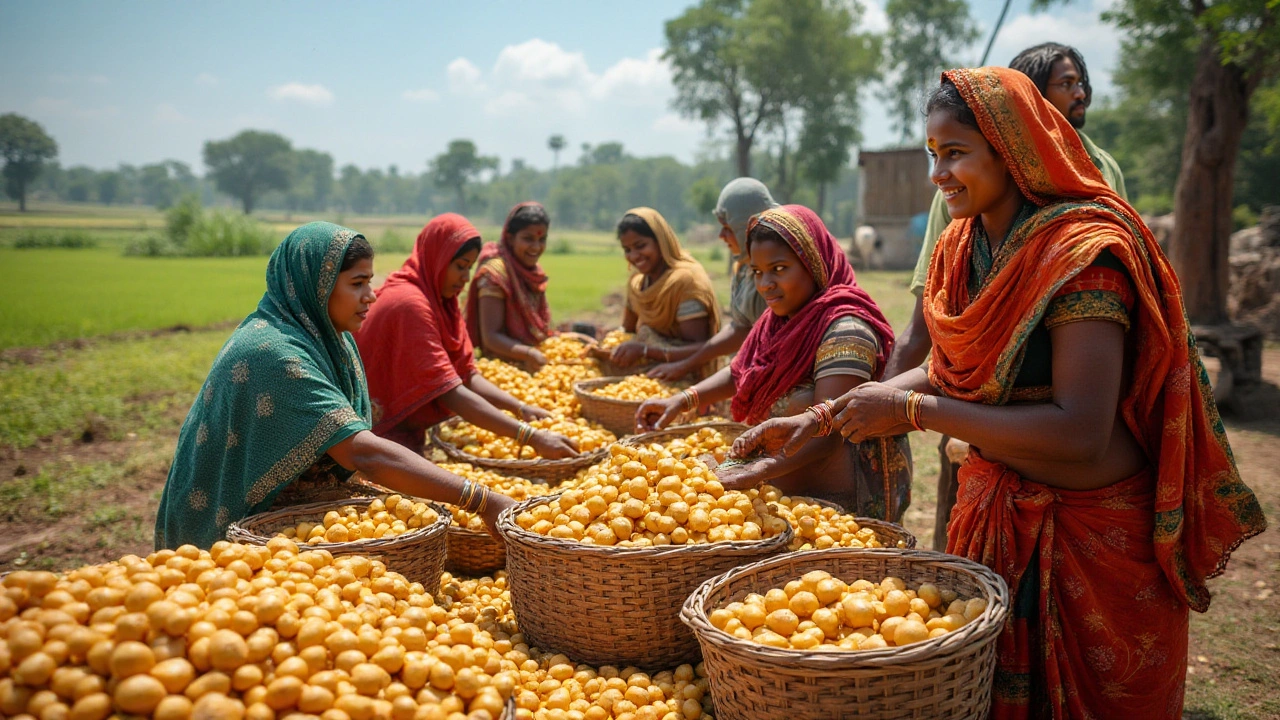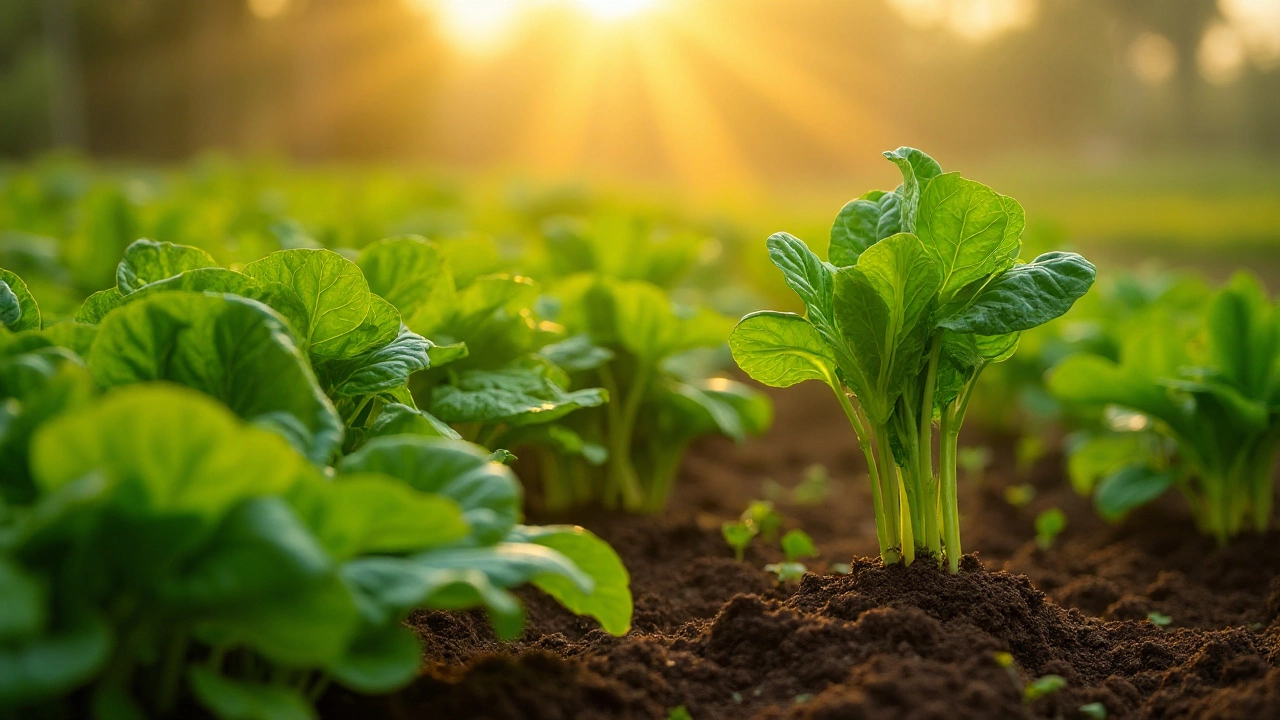Growing your own vegetables at home in India can save money, boost your health, and even get the family involved. This article explains which vegetables are beginner-friendly for Indian homes, factoring in the local climate and space challenges. Packed with practical tips, the guide walks you through easy options, what to expect seasonally, and ways to keep your veggies healthy with minimal effort. Discover how even small balconies or terraces can become mini-farms. Start harvesting fresh, chemical-free produce with just a little planning and regular care.
Vegetable Gardening in India: Tips, Tools, and Top Crops for Home Growers
When you start vegetable gardening, growing your own food at home using soil, seeds, and simple tools. Also known as home vegetable farming, it’s one of the most rewarding ways to eat fresh, save money, and connect with the land—even in a city apartment. In India, where the climate varies from hot deserts to monsoon-heavy coasts, vegetable gardening isn’t just a hobby—it’s a practical skill that lets you harvest tomatoes, spinach, and chilies right outside your door.
You don’t need a big plot to succeed. Many of the best results come from small spaces: balconies, rooftops, or even windowsills. The key is matching your plants to your space and season. For example, Indian native vegetables, crops like amaranth, cluster beans, and bitter gourd that have grown here for centuries are tougher, need less water, and resist local pests better than imported varieties. They’re also the backbone of traditional meals, so growing them means more than just food—it’s preserving culture. And if your soil is heavy or clumpy? You’re not alone. Most Indian gardeners deal with dense clay or sandy dirt. That’s where garden soil improvement, adding compost, leaf mold, or perlite to make soil looser and more fertile becomes your secret weapon. A handful of compost can turn hard ground into something roots love.
Watering smart matters just as much as what you plant. Drip irrigation saves water and keeps leaves dry, which cuts down on disease. But clogged emitters? That’s a common headache. Fixing them takes minutes, not hours. And if you’re wondering how to feed your plants without chemicals, composting, turning kitchen scraps into rich, dark soil fertilizer is the easiest place to start. You don’t need fancy bins—just a bucket, some brown leaves, and a little patience.
What you’ll find below isn’t theory. It’s real advice from people who’ve grown vegetables in Indian conditions—on terraces in Delhi, in small yards in Kerala, and even in high-rise balconies in Mumbai. You’ll learn which plants grow fast in 30 days, how to stop rabbits from nibbling your zinnias (yes, they do), why styrofoam might be risky in your soil, and how to pick the right containers for tomatoes or beans. There’s no fluff. Just what works, when it works, and how to do it yourself.
Brinjal, or eggplant, grows in every corner of Indian kitchens, but is it actually good for you? This article breaks down the health benefits and possible downsides of brinjal, from its nutrition facts to the concerns people rarely talk about. Get tips on choosing and growing brinjal, plus fun facts you probably didn't know. Discover how this versatile veggie fits into Indian diets and whether you should eat it more often or watch out for anything. Straight facts, no fluff—just everything you need to know about brinjal.
Find out which vegetables are most profitable to cultivate in India. Explore different crop options, their market demand, and tips to maximize your farming success. Whether you're a beginner or an experienced farmer, get insights into making better choices for high returns.
The journey of the potato as a staple in Indian cuisine is a fascinating tale rooted in international trade and cultural adoption. Originally from the Andes region in South America, potatoes found their way to India through European explorers in the 16th century. Over centuries, they have become an integral part of Indian agriculture and cuisine. This article explores the history, cultivation, and culinary diversity of potatoes in Indian culture.
Diving into the realm of gardening, one might ponder which vegetable reigns supreme in health benefits. In this article, explore the vegetable that stands out as the healthiest choice for Indian gardens, considering various factors like climate suitability, nutritional content, and cultivation ease. The piece offers intriguing insights into why this vegetable has been heralded for its impressive health benefits. Readers will also find tips on how to grow it successfully in their gardens. This exploration aims to inspire and inform enthusiasts towards cultivating this powerhouse of nutrition.
